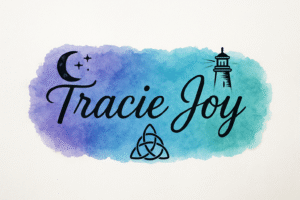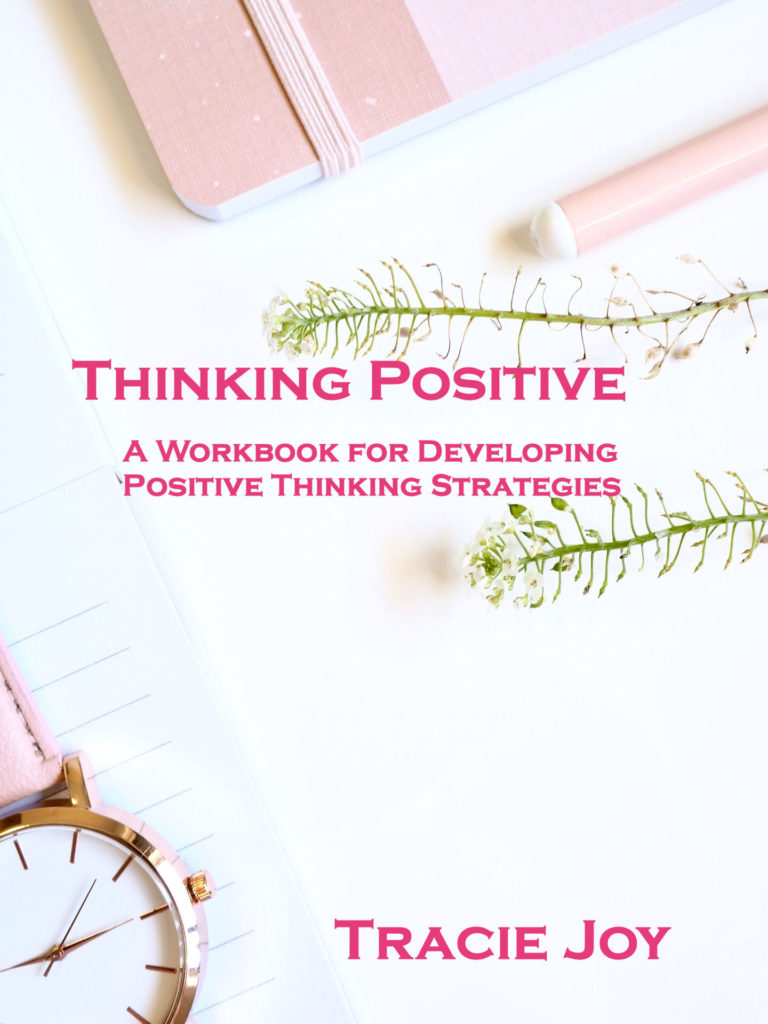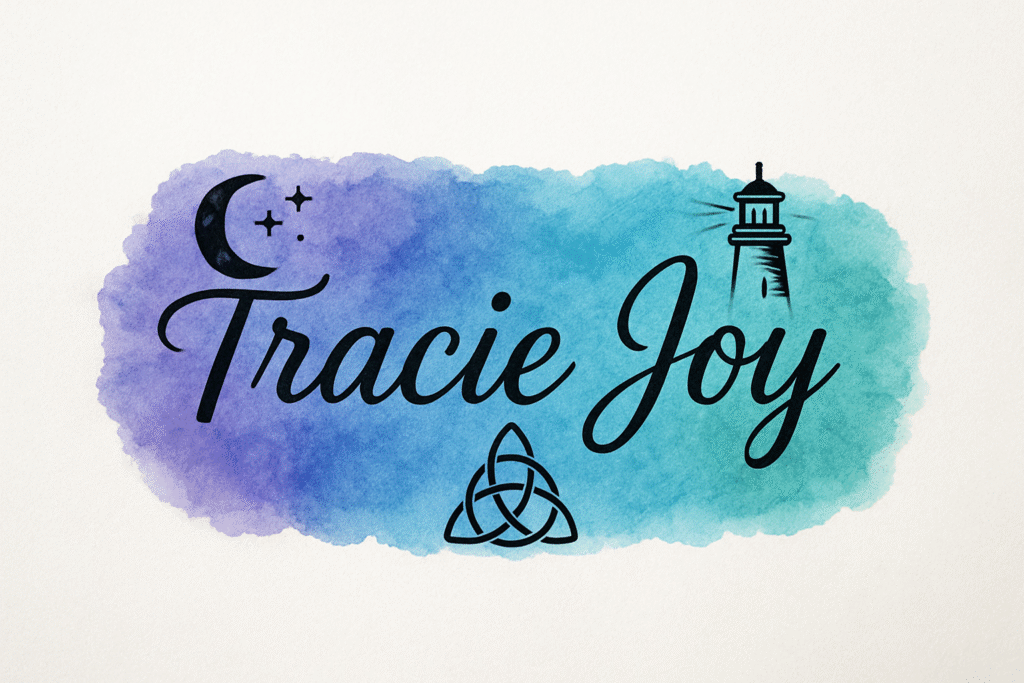You’re Allowed to Write out of Order
I don’t know about you, but I’ve always been told “don’t write out of order. Start at the beginning and then go forward, but then this happens. I’ll be sitting there writing Chapter 3, feeling pretty good about it, when suddenly my brain  screams, “Oh my God, I know exactly how Chapter 17 ends!” Chapter 17 is calling to me, begging, saying “write me, write me now, damn it.” Sometimes it’s so loud it drowns all other thoughts right out of my mind. Well everything except that one little voice that is saying “no, stay here, finish chapter 3 and then go to chapter 4. Just make a note or something. It’ll be fine. It’s never fine.
screams, “Oh my God, I know exactly how Chapter 17 ends!” Chapter 17 is calling to me, begging, saying “write me, write me now, damn it.” Sometimes it’s so loud it drowns all other thoughts right out of my mind. Well everything except that one little voice that is saying “no, stay here, finish chapter 3 and then go to chapter 4. Just make a note or something. It’ll be fine. It’s never fine.
And now you’re torn. Do you stick with your plan and keep writing chronologically, or do you chase that idea, even though it’s pages (maybe hundreds of pages) away?
Here’s the truth: you should write what you feel, not necessarily what comes next. When you write out of order, it keeps your energy and emotion alive, and honestly, that’s what your story needs most. It doesn’t matter what you’ve been taught, if that plot bunny jumps into your head, write it down right away so it doesn’t go scampering away in to the fertile fields of Forget Land.
Why Chronological Writing Isn’t Always Your Friend
Writing in order feels safe. It’s tidy, it’s sequential, and it makes it easier to measure “progress.” But storytelling doesn’t always unfold that way. Creative ideas jump, loop, and sometimes sprint ahead of you. If you try to force yourself to stay in line, you can lose the spark that made the idea come alive in the first place.
I don’t know how your brain works,  but mine is all over the place, all the time looking for thoughts and ideas, and they come from the oddest places. A student walking down the hall at school, a lyric from a song on the radio. A fleeting thought as I drift off to sleep. I need to write them as they happen whenever possible. That means I write out of order and that’s when the guilt sets in because “You’re not supposed to do that.”
but mine is all over the place, all the time looking for thoughts and ideas, and they come from the oddest places. A student walking down the hall at school, a lyric from a song on the radio. A fleeting thought as I drift off to sleep. I need to write them as they happen whenever possible. That means I write out of order and that’s when the guilt sets in because “You’re not supposed to do that.”
Those bursts of inspiration are emotional lightning. You can’t schedule lightning, you just catch it when it strikes. If you’ve ever lost a brilliant scene because you told yourself “I’ll get to that later,” you already know how fragile that kind of magic can be.
For more tips on protecting your creative energy and staying confident as a writer, you might like How to Handle Criticism Without Losing Confidence.
Write What’s Alive in Your Mind
When a later scene keeps whispering to you, listen. It might be your subconscious revealing something essential about your characters or a turning point in your story that you haven’t consciously outlined yet. That’s your inner storyteller  trying to show you the truth of the narrative before you’ve built the path to it. Listen to that inner voice. It knows what’s going on.
trying to show you the truth of the narrative before you’ve built the path to it. Listen to that inner voice. It knows what’s going on.
When you write out of order it can actually help you find your characters’ voices faster. When you explore their big moments early, heartbreaks, confrontations, or breakthroughs, you start to understand who they are at their core. Then, when you go back to fill in earlier chapters, you’ll have a clearer emotional compass guiding every word.
Staying Organized When You Write Out of Order
Now, here’s the real challenge: once you start skipping ahead, how do you keep everything straight? It’s easy to end up with files named “Scene_with_fire_thing_FINAL_final2.docx” and have no clue where it fits later.
![]() That’s why I created my Scene Tracker Grid — a free, editable spreadsheet that lets you log each scene’s purpose, POV, setting, and emotional tone so you can stay creative and organized.
That’s why I created my Scene Tracker Grid — a free, editable spreadsheet that lets you log each scene’s purpose, POV, setting, and emotional tone so you can stay creative and organized.
You can download the tracker here and start building your own flexible story map. It’s based on the one I use for my current YA project, Consanguinity, and it’s designed to grow with your story. Because I am a pantser (write by the seat of my pants) it’s been an absolute life saver, especially when I jump all over the place in my story and write out of order.
Here’s how it works:
- Scene # and Chapter: Note where each moment belongs, even if it isn’t written yet.
- POV and Setting: Track perspective shifts and keep your world consistent.
- Emotional Purpose: Ask yourself what this scene makes readers feel.
- Story Connection: Identify how the scene moves the plot forward or reveals character growth.
- Notes: Jot reminders like “add foreshadowing earlier” or “tie back to this in the climax.”
The grid helps you visualize your story at a glance. It becomes a creative safety net, you can leap forward, circle back, or rearrange your chapters without losing the big picture. I honestly thought I was going to hate it, I am such a pantser that it isn’t even funny. But this actually makes flying by the seat of my pants easier and it makes me feel less guilty when I write out of order.
The Magic of Writing Out of Order
When you give yourself permission to write out of order, to write what’s alive, not what’s next, you’ll find the heart of your story beats stronger. Suddenly, you’re no longer trudging from scene to scene, chasing word counts or outlines. You’re chasing truth.

You stop writing just to get through it and start writing to discover it. Discover the why behind your characters’ choices, the thread that connects their pain to their growth, and the quiet moment that makes the big one matter. When you write out of order it frees you from obligation and lets you reconnect with the emotion that made you start the story in the first place.
And here’s the magic part: those wild, inspired bursts will still fit when you’re ready to assemble your manuscript. They’ll slide into place like puzzle pieces you didn’t even know were missing. You’ll look back and realize your intuition was building structure all along, even when it didn’t look like it.
Because the truth is, readers don’t fall in love with the order of events — they fall in love with the heartbeat underneath. And the scenes that come to you uninvited, the ones that demand to be written now, are often the ones that pulse with the most life. They’re the scenes your readers will feel long after they’ve closed the book. So don’t be afraid to write out of order, or at the very least, try it just once. You never know what will happen, and it may be magic.
If you’re ready to experiment, grab your free Scene Tracker Grid and start building your story, one lightning strike at a time.
Want more writing tools and creative pep talks? Browse my Writing Tips archive and make sure you’re following me on BlueSky or Threads for weekly inspiration.




One Response
Oh – a pantser – I love that concept. I didn’t know it had a name